Home>Maintenance & Safety>Child & Elderly Safety at Home>How To Turn A Car Seat Into A Booster Seat
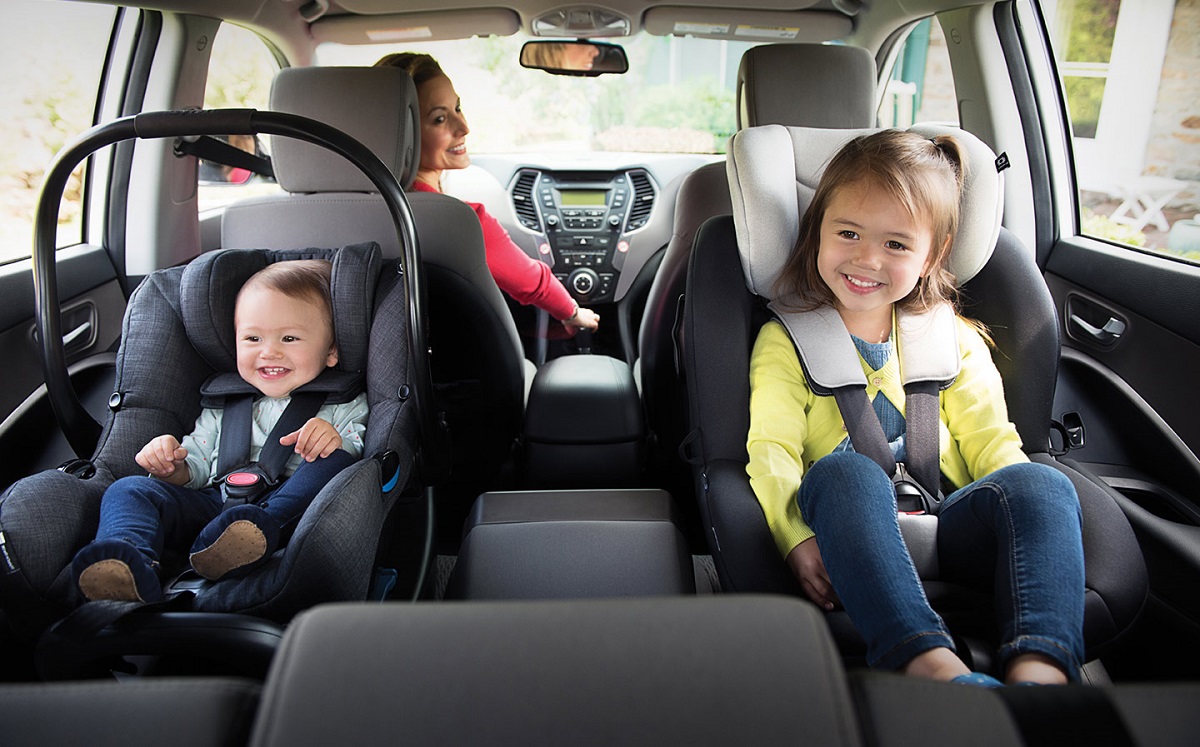

Child & Elderly Safety at Home
How To Turn A Car Seat Into A Booster Seat
Modified: August 27, 2024
Learn how to convert a car seat into a booster seat for improved child and elderly safety at home. Discover step-by-step instructions and tips for creating a secure and comfortable seating solution.
(Many of the links in this article redirect to a specific reviewed product. Your purchase of these products through affiliate links helps to generate commission for Storables.com, at no extra cost. Learn more)
Introduction
Turning a car seat into a booster seat is a practical and cost-effective solution for ensuring the safety of older children who have outgrown their traditional car seats. By repurposing an existing car seat, you can provide a secure and comfortable booster seat for your child without the need to purchase a separate booster seat. This process not only saves money but also promotes sustainability by making the most of the resources you already have.
In this comprehensive guide, we will walk you through the step-by-step process of transforming a car seat into a booster seat. Whether you're a parent, grandparent, or caregiver, this DIY approach allows you to adapt to the changing needs of growing children while maintaining a high standard of safety during car rides.
By following these simple yet crucial steps, you can repurpose your child's car seat into a booster seat that meets safety standards and provides the necessary support for older children. From removing the backrest to adjusting the headrest and securing the seat belt, each step is essential in ensuring that the booster seat functions effectively and securely.
As we delve into the details of this transformation process, it's important to keep in mind that safety should always be the top priority. By taking the time to understand and implement these steps, you are actively contributing to the well-being of your child or the child under your care. Let's embark on this journey of repurposing car seats into booster seats, empowering you to make informed decisions and take practical steps to enhance child safety during car travel.
Key Takeaways:
- Transforming a car seat into a booster seat is a DIY way to keep older kids safe in the car without buying a new booster seat. It’s like giving the car seat a cool upgrade for big kids!
- By removing the backrest, adjusting the headrest, and securing the seat belt, you can turn a car seat into a booster seat that fits older kids perfectly and keeps them safe during car rides. It’s like customizing a special seat just for them!
Read more: How To Make A Dog Booster Seat For The Car
Step 1: Remove the Backrest
The first step in repurposing a car seat into a booster seat involves removing the backrest. This adjustment is essential for accommodating older children who have outgrown the need for a full car seat but still require the support and positioning provided by a booster seat.
To begin, locate the mechanism that secures the backrest to the seat. This may involve releasing a latch, pressing a button, or unscrewing a fastening device, depending on the specific design of the car seat. Once you have identified the method of attachment, carefully follow the manufacturer's instructions for removing the backrest. It's crucial to approach this step with precision and attention to detail to ensure that the backrest is detached safely and effectively.
As you remove the backrest, take note of any adjustable components, such as headrests or harness systems, that may be integrated with the backrest. These elements are typically part of the car seat's overall structure and may need to be repositioned or removed to accommodate the transformation into a booster seat.
After successfully detaching the backrest, set it aside in a secure location. It's important to store the backrest in a place where it won't interfere with the functionality of the booster seat or pose a safety hazard during the transition process.
By removing the backrest, you are creating a streamlined and appropriately sized seating area for your child. This modification allows the car seat to function effectively as a booster seat, providing the necessary support for older children while ensuring a secure fit within the vehicle.
As you proceed to the next steps in this transformation process, keep in mind that each adjustment plays a crucial role in optimizing the car seat for its new function as a booster seat. With the backrest successfully removed, you are one step closer to repurposing the car seat to meet the evolving safety needs of your child or the child under your care.
Step 2: Adjust the Headrest
With the backrest successfully removed, the next crucial step in repurposing a car seat into a booster seat involves adjusting the headrest to ensure optimal support and safety for the older child. The headrest plays a pivotal role in providing stability and protection, especially during sudden stops or collisions. By making necessary adjustments to the headrest, you can customize the booster seat to accommodate the specific needs and proportions of the child using it.
Begin by identifying the headrest adjustment mechanism on the car seat. This may involve pressing buttons, sliding components, or utilizing other release mechanisms designed to modify the position and height of the headrest. Refer to the manufacturer's instructions for guidance on adjusting the headrest, as different car seat models may feature varying adjustment methods.
Once you have accessed the headrest adjustment mechanism, carefully position the headrest to align with the child's shoulder height. The goal is to ensure that the headrest provides adequate support and restraint, effectively minimizing the risk of whiplash or head movement during sudden braking or impact. Proper alignment of the headrest is essential for maintaining the child's head and neck in a secure position, enhancing overall safety while traveling in the vehicle.
As you make adjustments to the headrest, take into account the child's comfort and positioning within the booster seat. The headrest should be positioned at a height that allows the child's head to rest comfortably while providing essential support. Additionally, ensure that the headrest is securely locked into place after making the necessary adjustments, preventing any potential movement or instability during car rides.
By customizing the headrest to suit the child's proportions and seating preferences, you are enhancing the overall safety and comfort of the booster seat. This personalized approach ensures that the headrest functions effectively in providing crucial protection and support, aligning with the specific needs of the older child using the repurposed car seat.
With the headrest successfully adjusted, the booster seat is now tailored to accommodate the child's physical requirements, promoting a secure and comfortable seating experience. This pivotal adjustment brings the transformation process closer to completion, marking significant progress in repurposing the car seat into a booster seat that prioritizes the safety and well-being of the child.
Check the car seat manual to ensure it’s compatible with conversion. Remove the harness and adjust the seat to the appropriate height for your child. Always follow the manufacturer’s guidelines.
Step 3: Secure the Seat Belt
Securing the seat belt is a critical step in the process of repurposing a car seat into a booster seat. This essential adjustment ensures that the booster seat functions effectively and securely within the vehicle, providing the necessary restraint and protection for the older child during car rides.
To begin, carefully position the booster seat in the desired seating location within the vehicle. Ensure that the seat is placed in a manner that allows the seat belt to be easily accessed and maneuvered for securing the booster seat. Proper positioning of the booster seat sets the stage for a seamless and secure seat belt installation process.
Next, locate the vehicle's seat belt and guide it through the designated path on the booster seat. Many booster seats are equipped with guides or slots specifically designed to accommodate the seat belt, ensuring a proper and secure fit. Follow the manufacturer's instructions to determine the correct routing of the seat belt through the booster seat, taking into account any adjustable components or restraints that may be integrated into the seat's design.
Once the seat belt is positioned through the designated guides or slots, carefully fasten the seat belt buckle and ensure that it is securely latched. Tension the seat belt to remove any slack, allowing for a snug and secure fit around the booster seat. Proper tensioning of the seat belt is crucial for maintaining the stability and positioning of the booster seat, minimizing movement and ensuring optimal safety for the child.
After securing the seat belt, perform a thorough check to confirm that the installation is secure and that the booster seat remains stable within the vehicle. Gently test the booster seat for any excessive movement or instability, making any necessary adjustments to the seat belt tension or positioning to achieve a secure and stable fit.
By effectively securing the seat belt around the booster seat, you are completing a fundamental step in the transformation process, ensuring that the booster seat is firmly and safely installed within the vehicle. This adjustment plays a pivotal role in providing the older child with the necessary restraint and protection, aligning with the primary objective of enhancing safety during car travel.
With the seat belt securely fastened and the booster seat properly installed, the transformation of the car seat into a booster seat is nearing completion. This crucial adjustment marks significant progress in repurposing the car seat to meet the evolving safety needs of the older child, reinforcing the commitment to providing a secure and comfortable seating experience during car rides.
Step 4: Test the Booster Seat
Testing the booster seat is a vital step in the process of repurposing a car seat into a booster seat. This critical evaluation ensures that the booster seat functions effectively, providing the necessary support and safety for the older child during car rides.
To begin the testing process, have the child sit in the booster seat and fasten the seat belt securely. As the child assumes the seated position, carefully observe the fit and positioning of the seat belt across the child's body. The seat belt should rest comfortably across the child's shoulder and lap, without causing any discomfort or restriction. Additionally, ensure that the seat belt is positioned to provide optimal restraint and protection in the event of sudden stops or collisions.
Once the child is seated in the booster seat, assess the overall stability and positioning of the seat within the vehicle. Gently apply pressure to the booster seat from different angles to gauge its stability and resistance to movement. A well-fitted booster seat should remain secure and stable, minimizing any excessive shifting or displacement during the testing process.
As the child remains seated in the booster seat, engage in a brief simulated car ride to further evaluate the seat's performance. This may involve gently accelerating, braking, and navigating turns to assess how the booster seat responds to typical vehicle movements. Pay close attention to the child's comfort and stability within the booster seat, ensuring that the seat provides adequate support and protection throughout the simulated car ride.
During the testing phase, it's essential to consider the child's feedback and comfort level. Engage in open communication with the child to gather insights on the booster seat's fit, support, and overall seating experience. By incorporating the child's perspective, you can ensure that the booster seat meets their comfort and safety requirements, fostering a positive and secure car travel environment.
After completing the testing process, carefully review the observations and make any necessary adjustments to further optimize the booster seat's fit and performance. This may involve fine-tuning the positioning of the seat belt, readjusting the headrest, or addressing any comfort-related concerns raised by the child.
By thoroughly testing the booster seat and addressing any potential areas of improvement, you are actively prioritizing the safety and well-being of the older child during car travel. This comprehensive evaluation reinforces the effectiveness of the repurposed car seat as a secure and reliable booster seat, aligning with the overarching goal of enhancing child safety and comfort in the vehicle.
With the booster seat successfully tested and optimized, the transformation process is brought to fruition, culminating in the successful repurposing of the car seat into a booster seat that meets the evolving safety needs of the older child.
Read more: How To Anchor A Booster Seat
Conclusion
In conclusion, the process of turning a car seat into a booster seat is a transformative journey that empowers caregivers to adapt to the changing safety needs of older children during car travel. By following the step-by-step guide outlined in this comprehensive resource, individuals can repurpose existing car seats into functional and secure booster seats, effectively addressing the transition from traditional car seats as children grow older.
The meticulous approach of removing the backrest, adjusting the headrest, securing the seat belt, and testing the booster seat underscores the commitment to prioritizing child safety and comfort. Each step in this transformation process serves as a testament to the dedication to providing a secure and reliable seating solution that aligns with the specific needs of older children.
The removal of the backrest marks a pivotal shift in the functionality of the car seat, creating a streamlined and appropriately sized seating area that sets the stage for the subsequent adjustments. The careful adjustment of the headrest ensures that the booster seat provides optimal support and protection, catering to the unique proportions and positioning requirements of older children.
Securing the seat belt around the booster seat is a fundamental step that reinforces stability and restraint, essential for maintaining the child's safety during car rides. The thorough testing of the booster seat, including simulated car rides and feedback from the child, further solidifies the commitment to ensuring that the repurposed car seat functions effectively as a booster seat.
Through this transformation process, caregivers and parents are empowered to make informed decisions that not only promote safety but also contribute to sustainability by maximizing the utility of existing resources. The DIY approach to repurposing car seats into booster seats reflects a conscientious effort to adapt to the evolving needs of growing children while upholding a high standard of safety and comfort.
Ultimately, the successful repurposing of car seats into booster seats exemplifies the dedication to providing a secure and comfortable seating experience for older children during car travel. By embracing this transformative process, caregivers play a proactive role in enhancing child safety, fostering a positive car travel environment, and ensuring that older children receive the necessary support and protection as they transition from traditional car seats to booster seats.
In embracing this journey of transformation, caregivers and parents demonstrate a steadfast commitment to prioritizing the safety and well-being of the children under their care, reinforcing the notion that proactive measures and thoughtful adjustments can significantly impact the overall car travel experience for older children.
Frequently Asked Questions about How To Turn A Car Seat Into A Booster Seat
Was this page helpful?
At Storables.com, we guarantee accurate and reliable information. Our content, validated by Expert Board Contributors, is crafted following stringent Editorial Policies. We're committed to providing you with well-researched, expert-backed insights for all your informational needs.
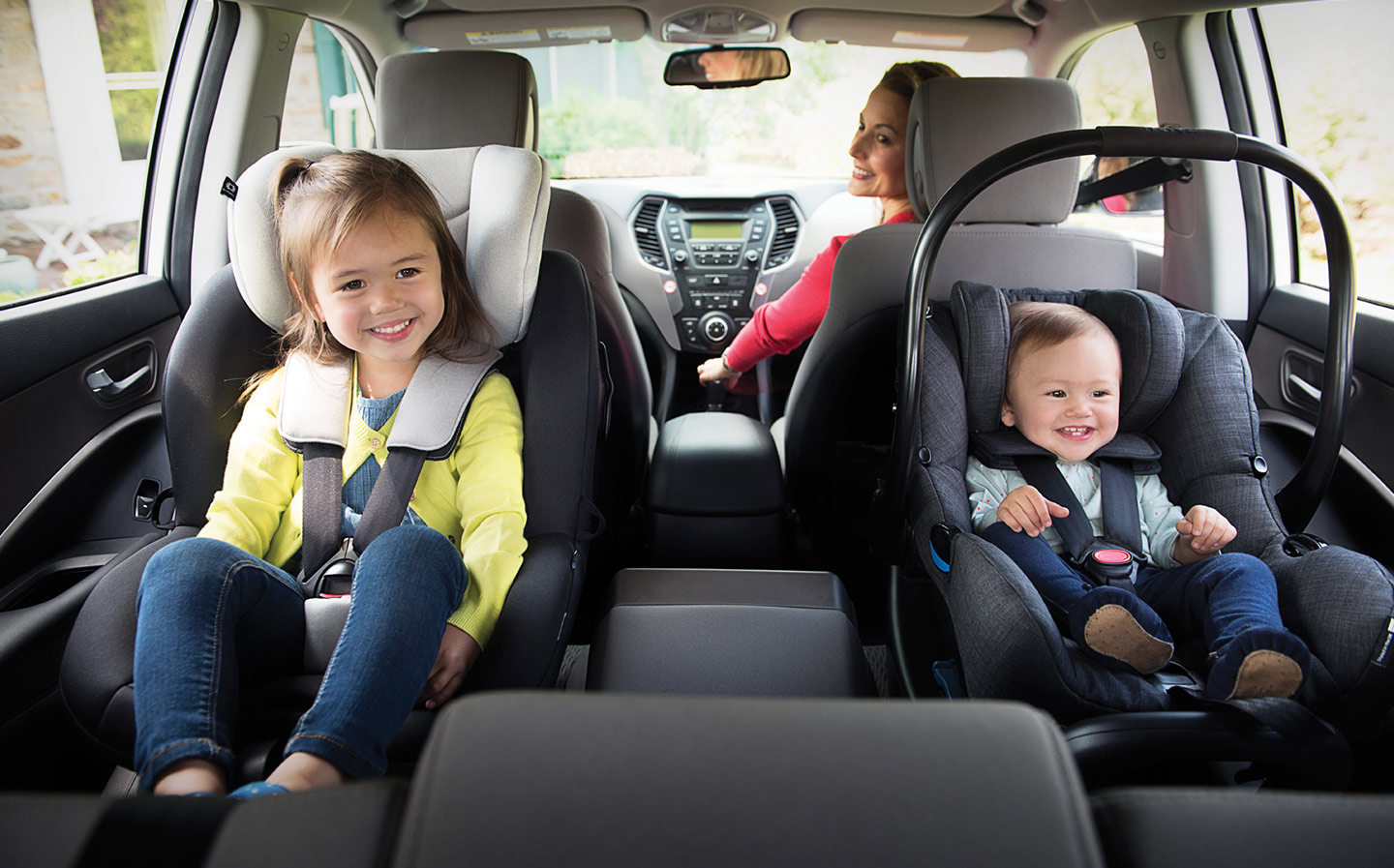
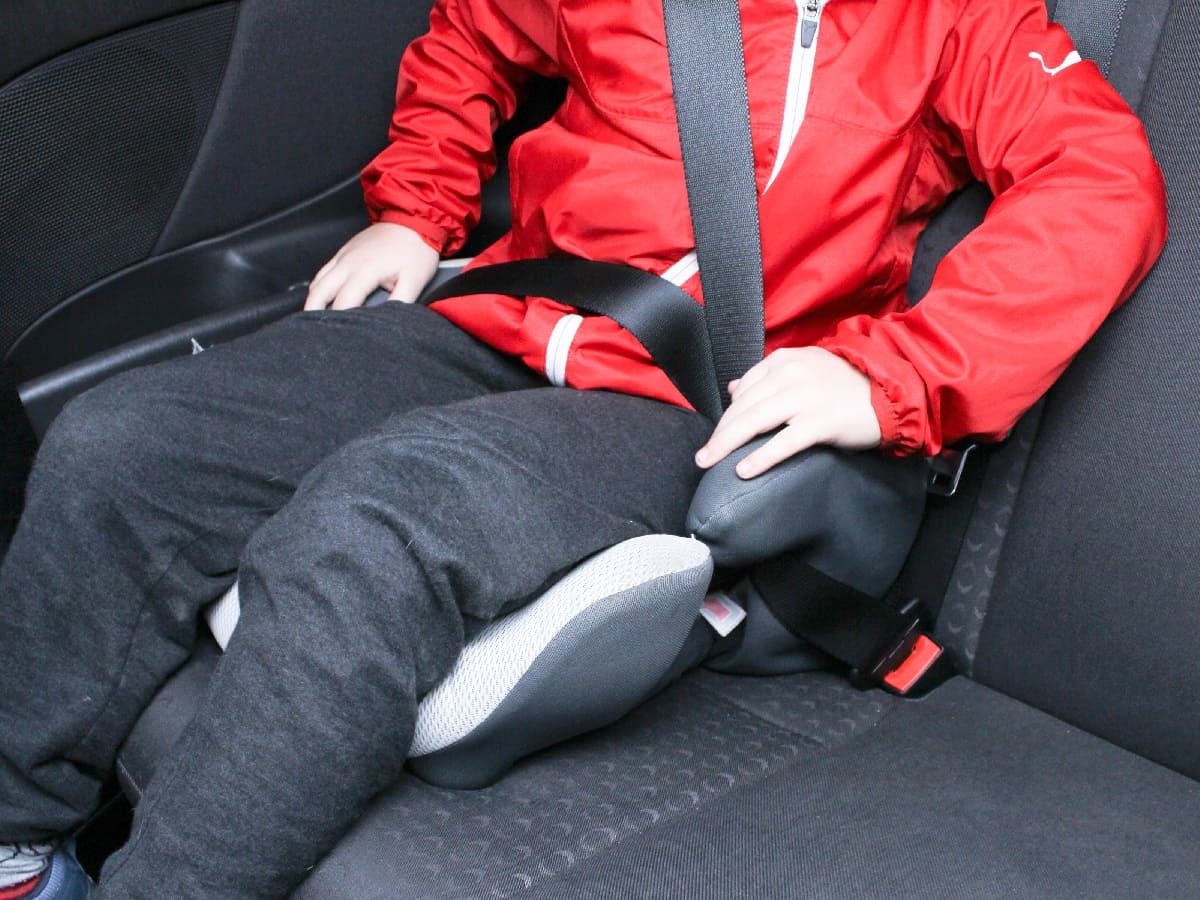
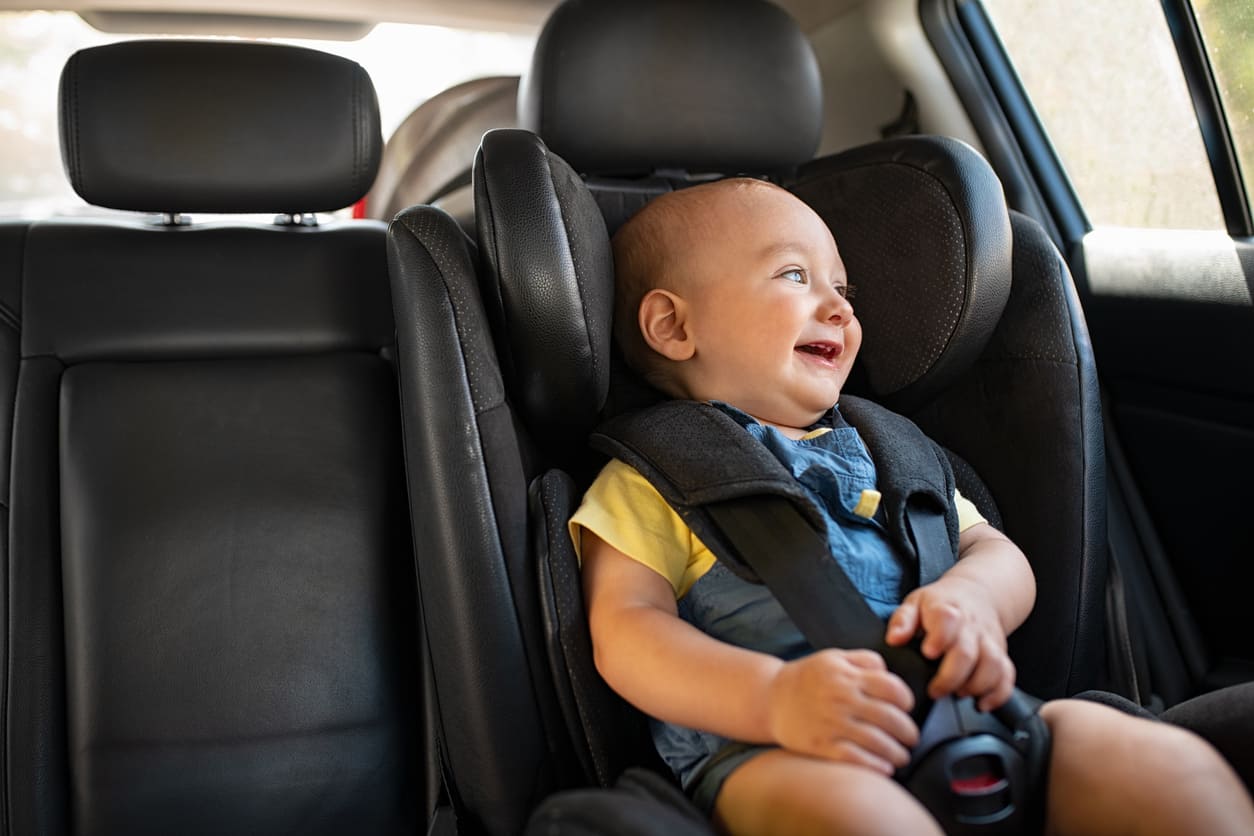
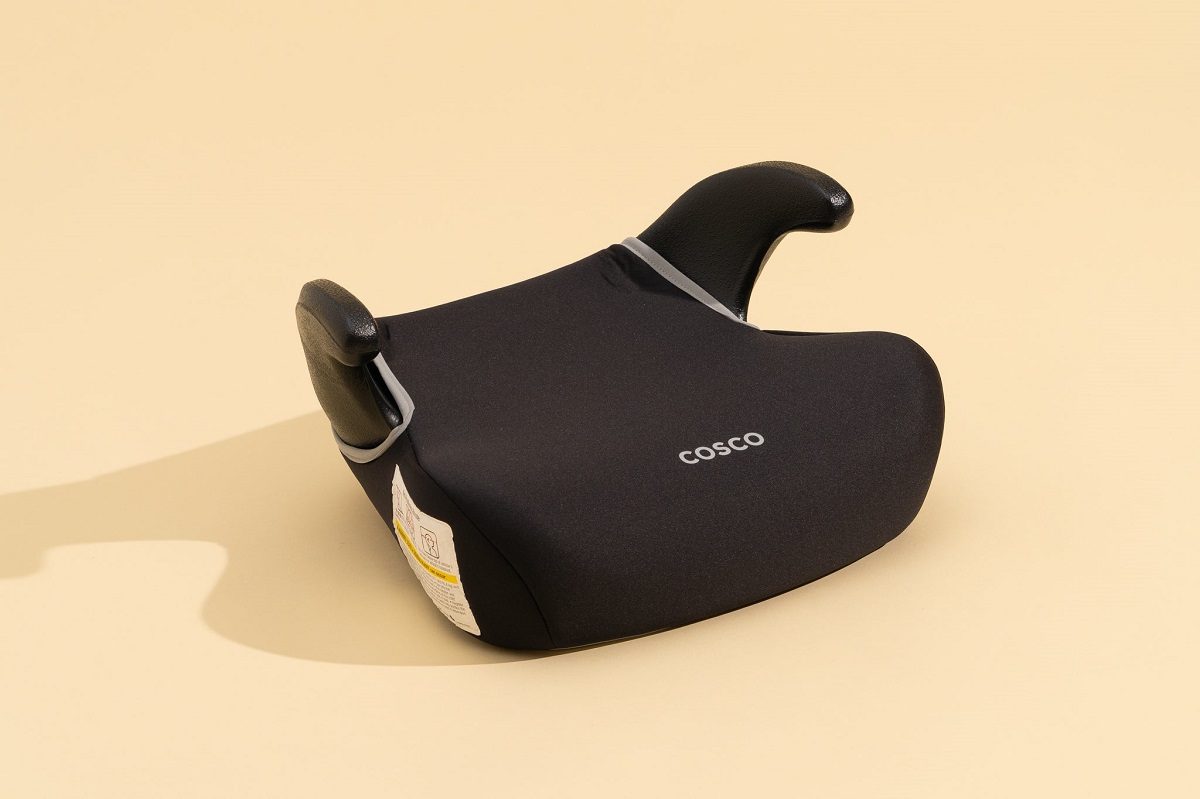
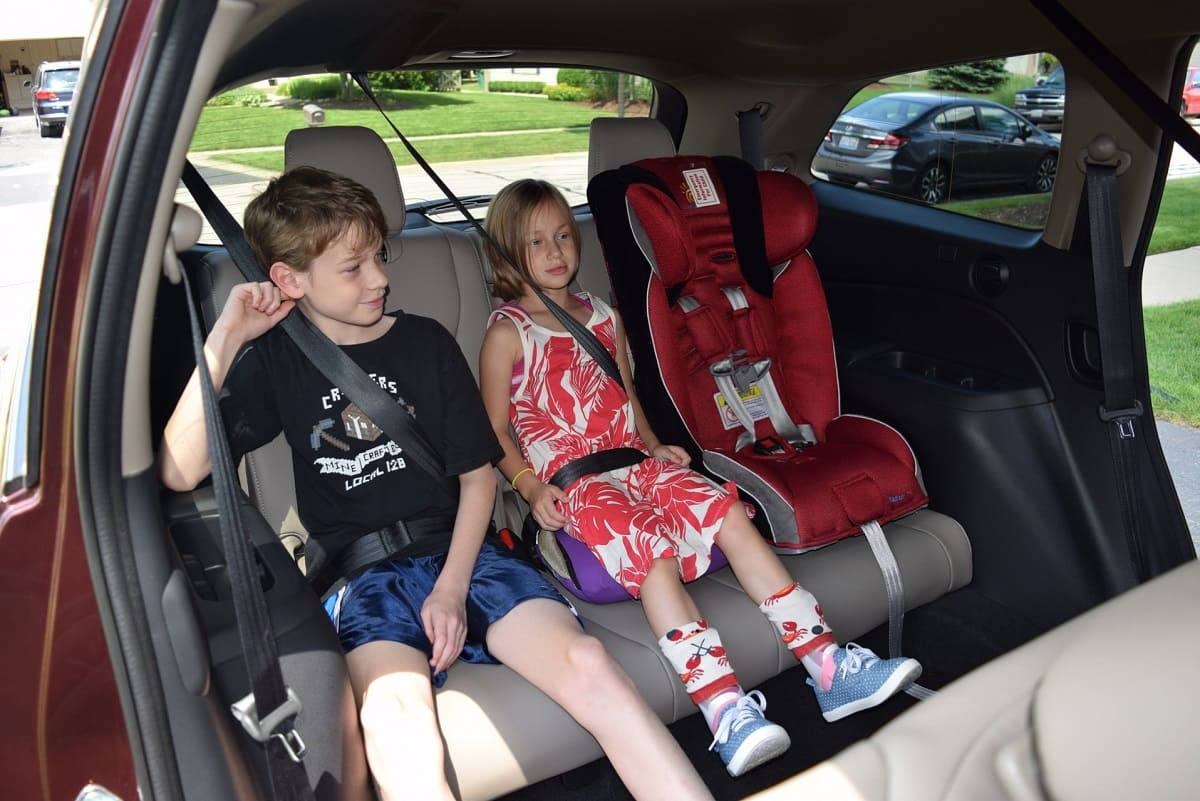
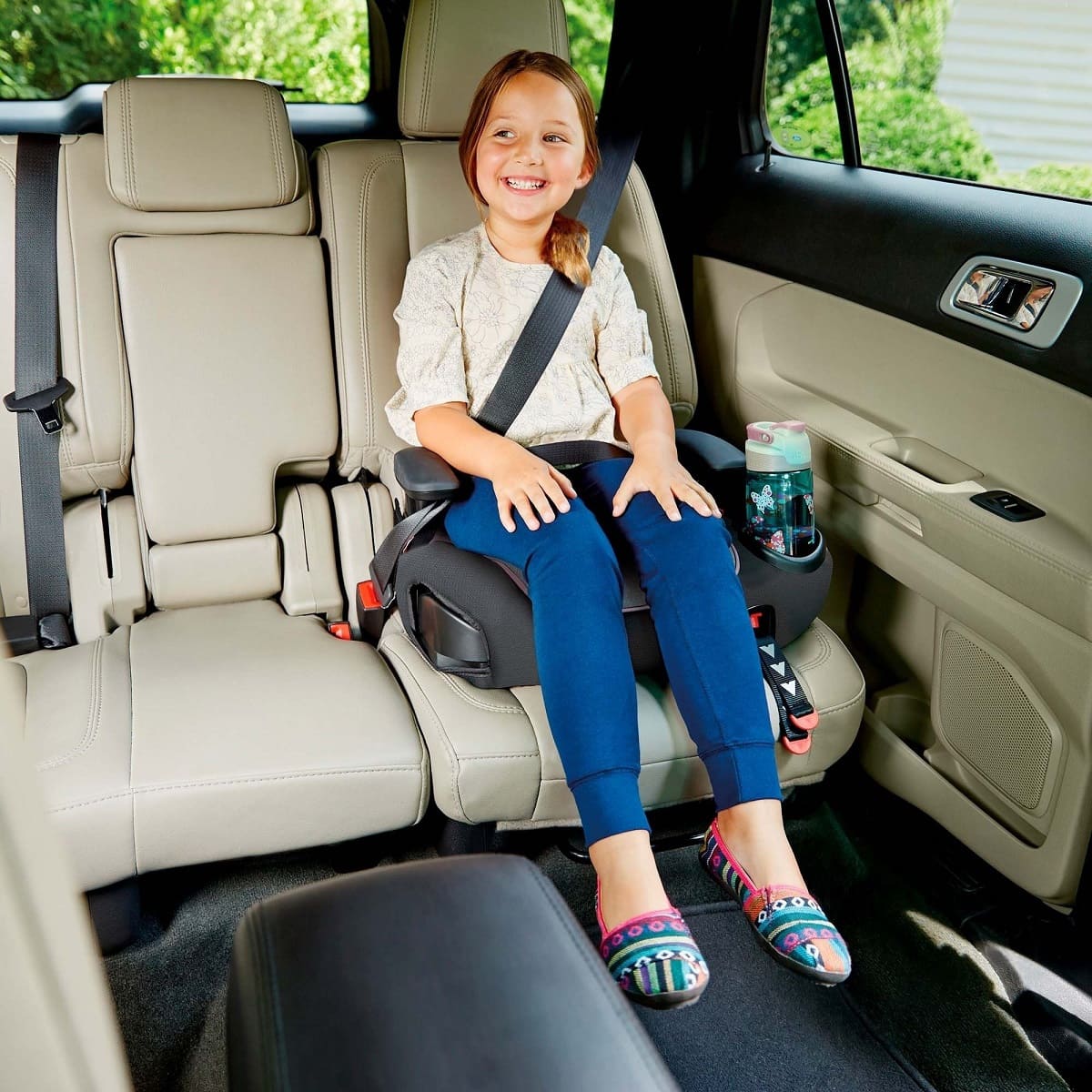
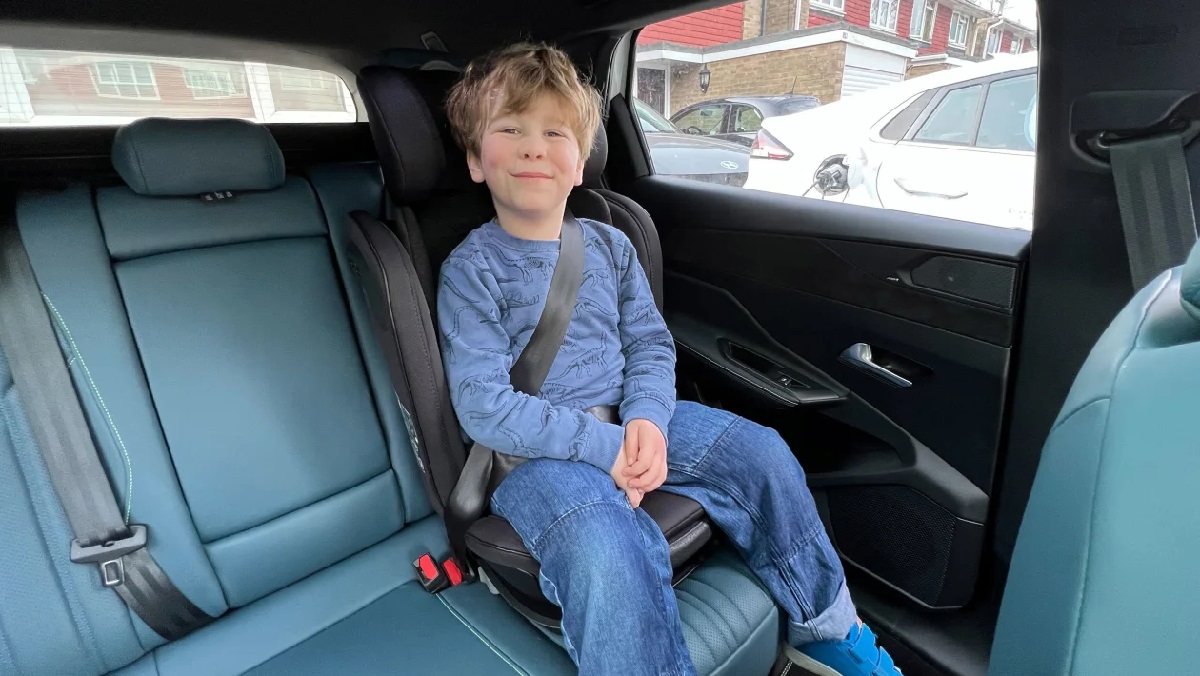
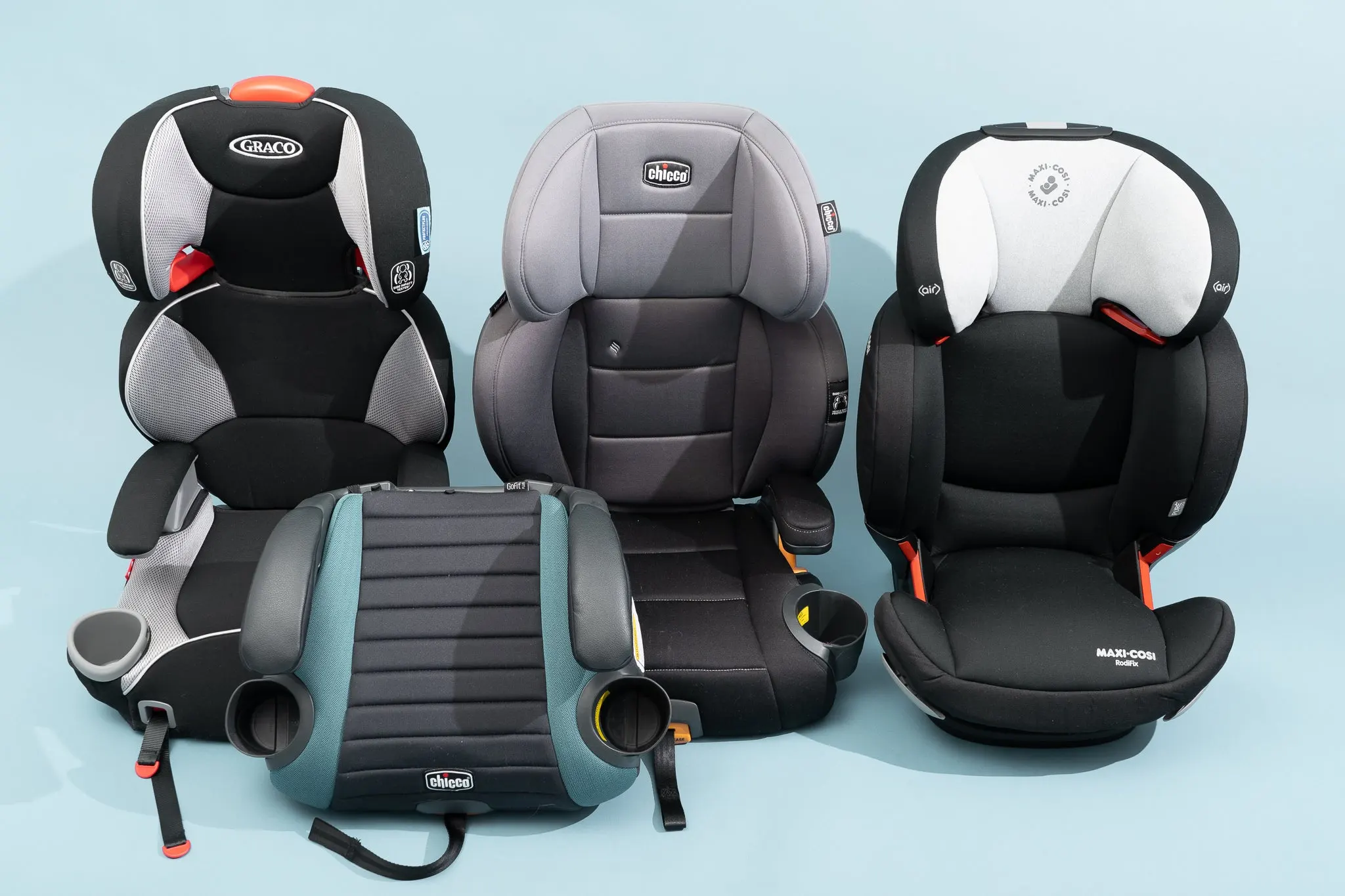
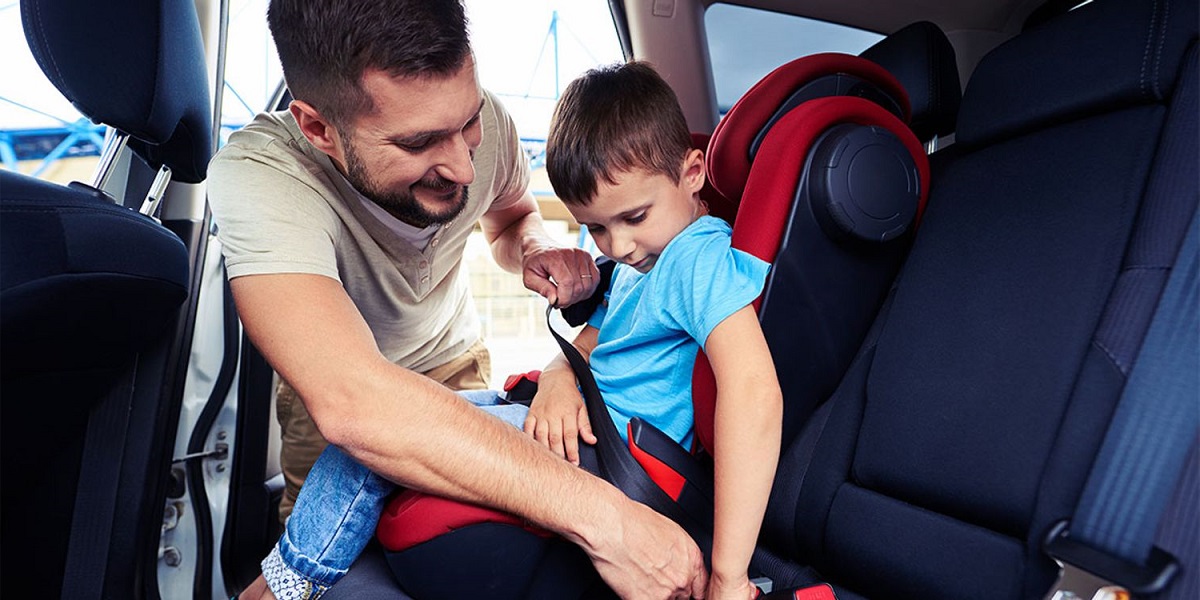
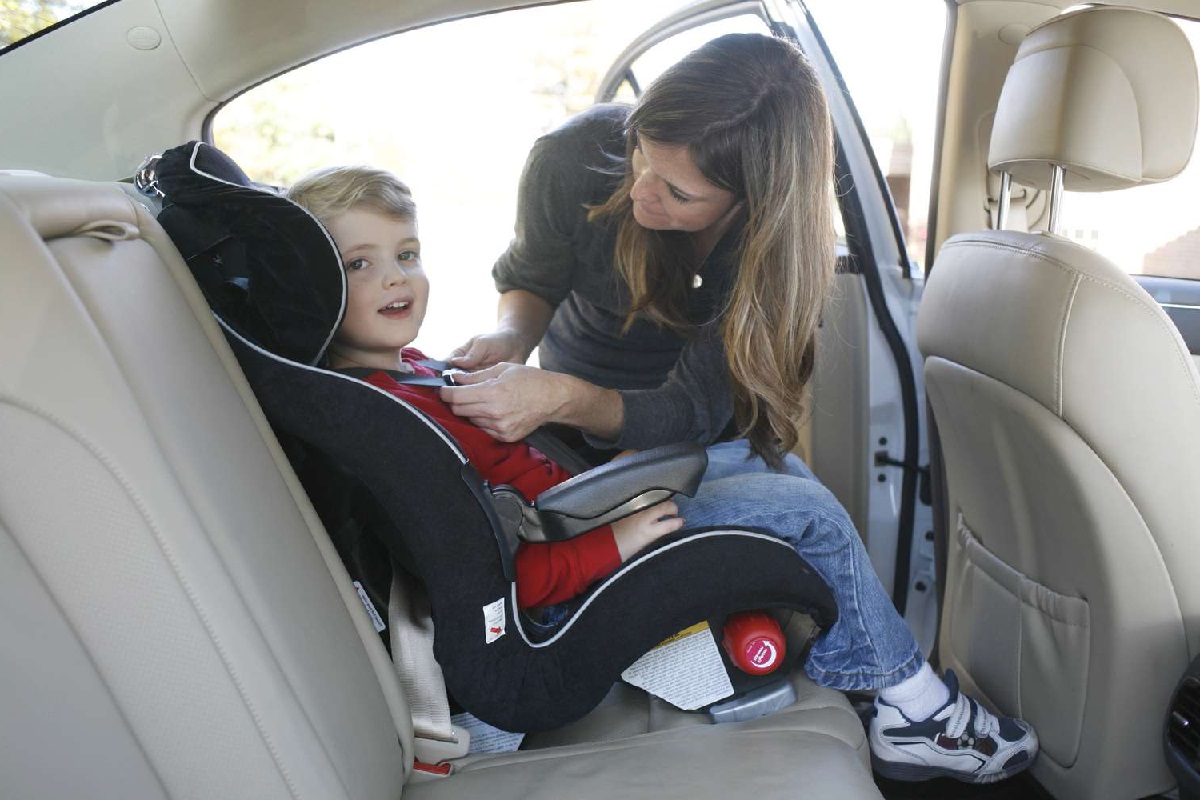
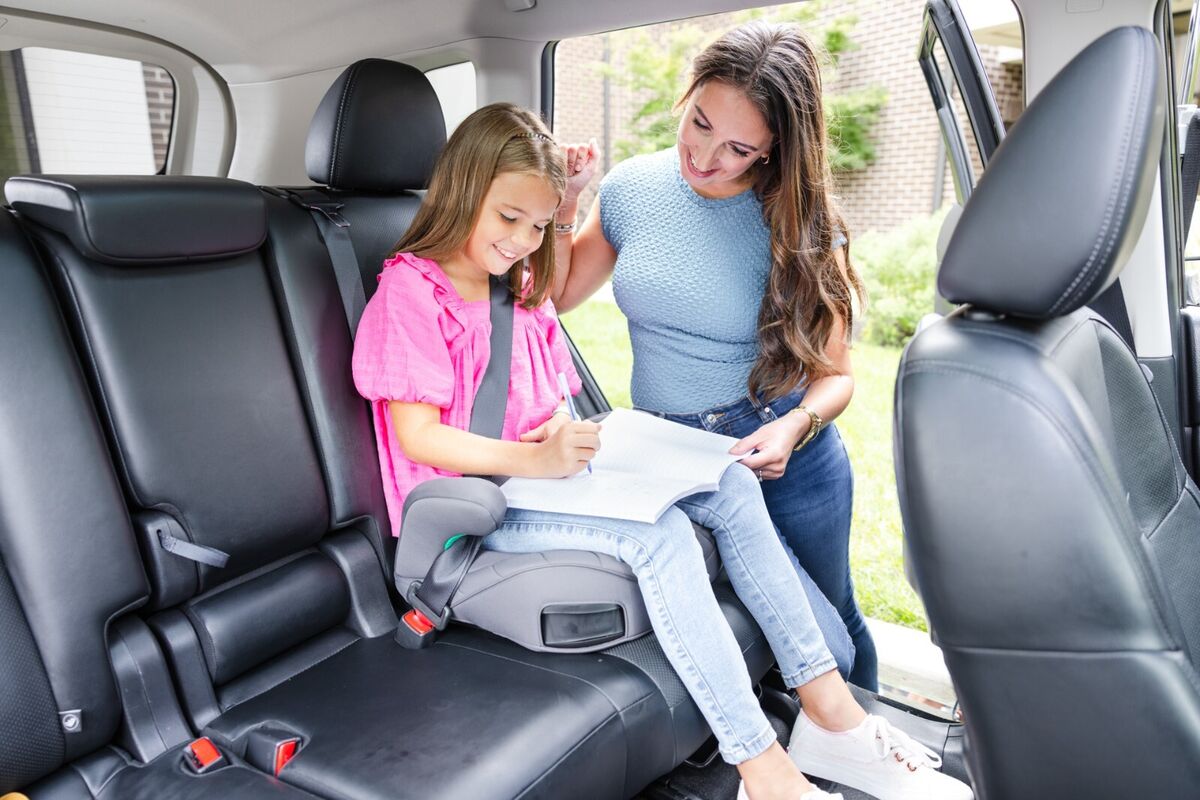
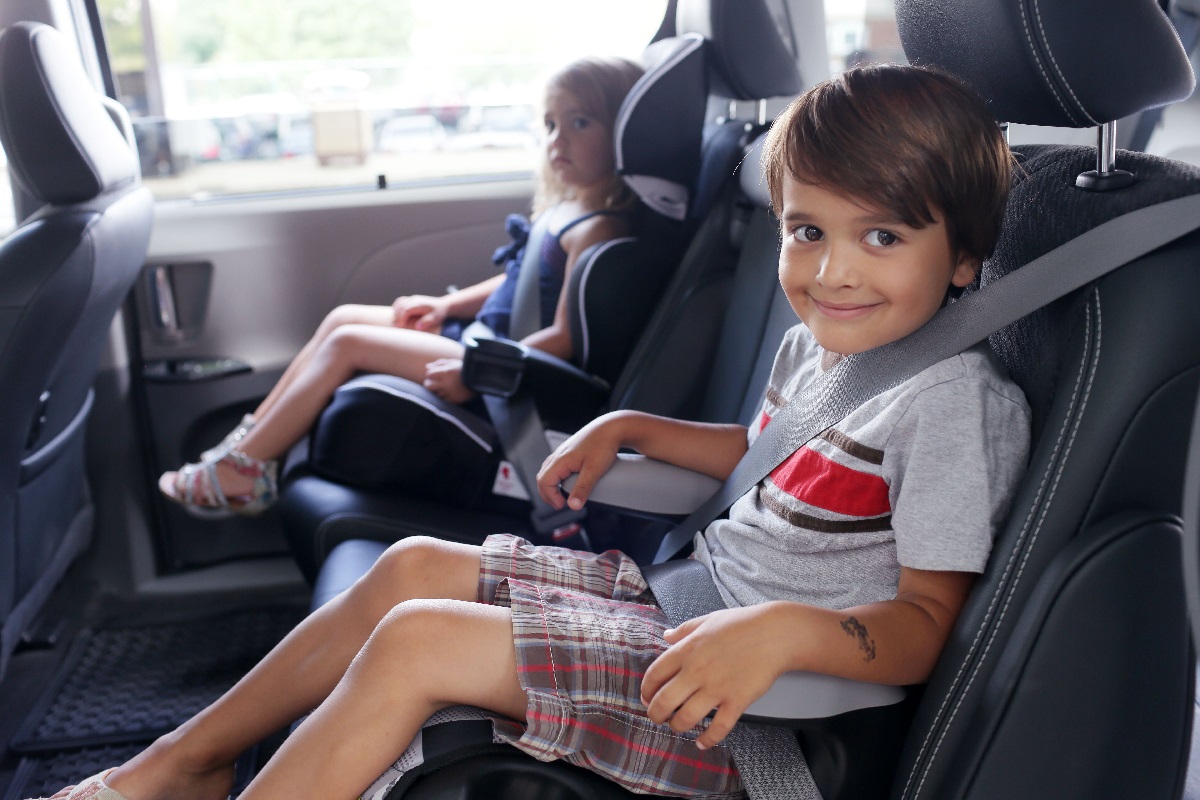
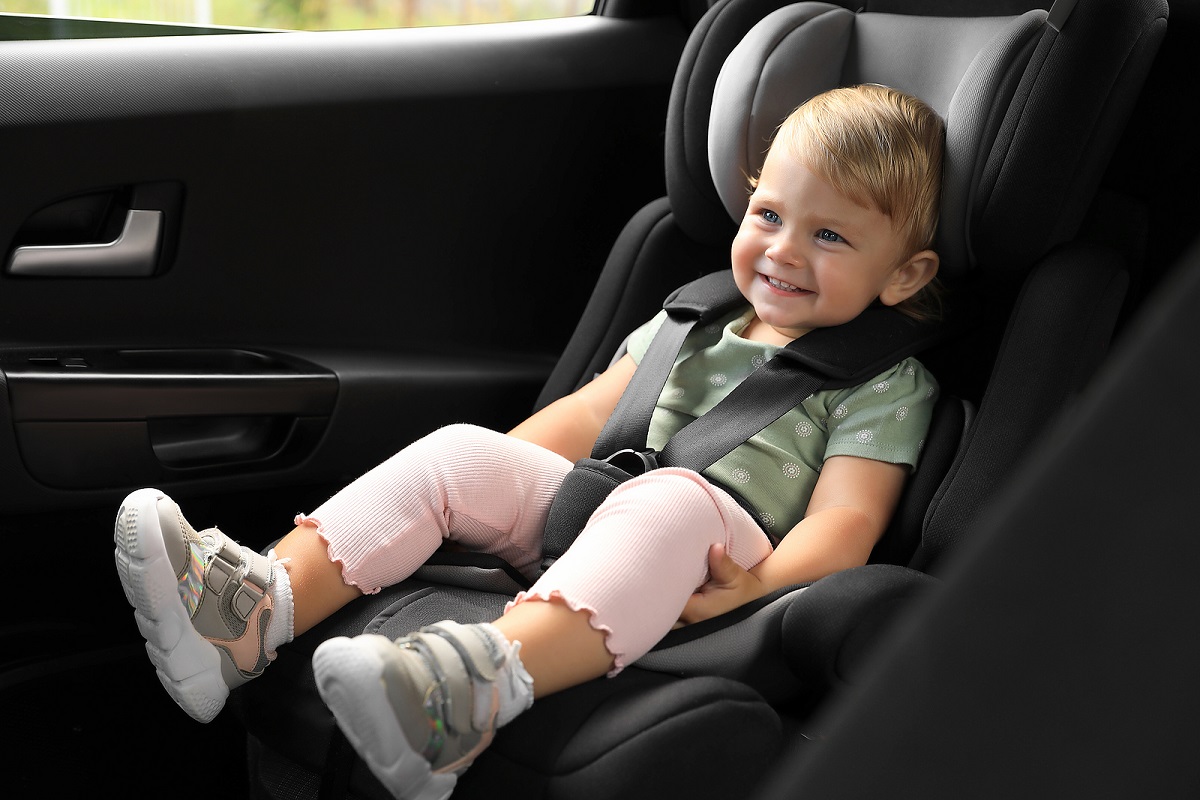
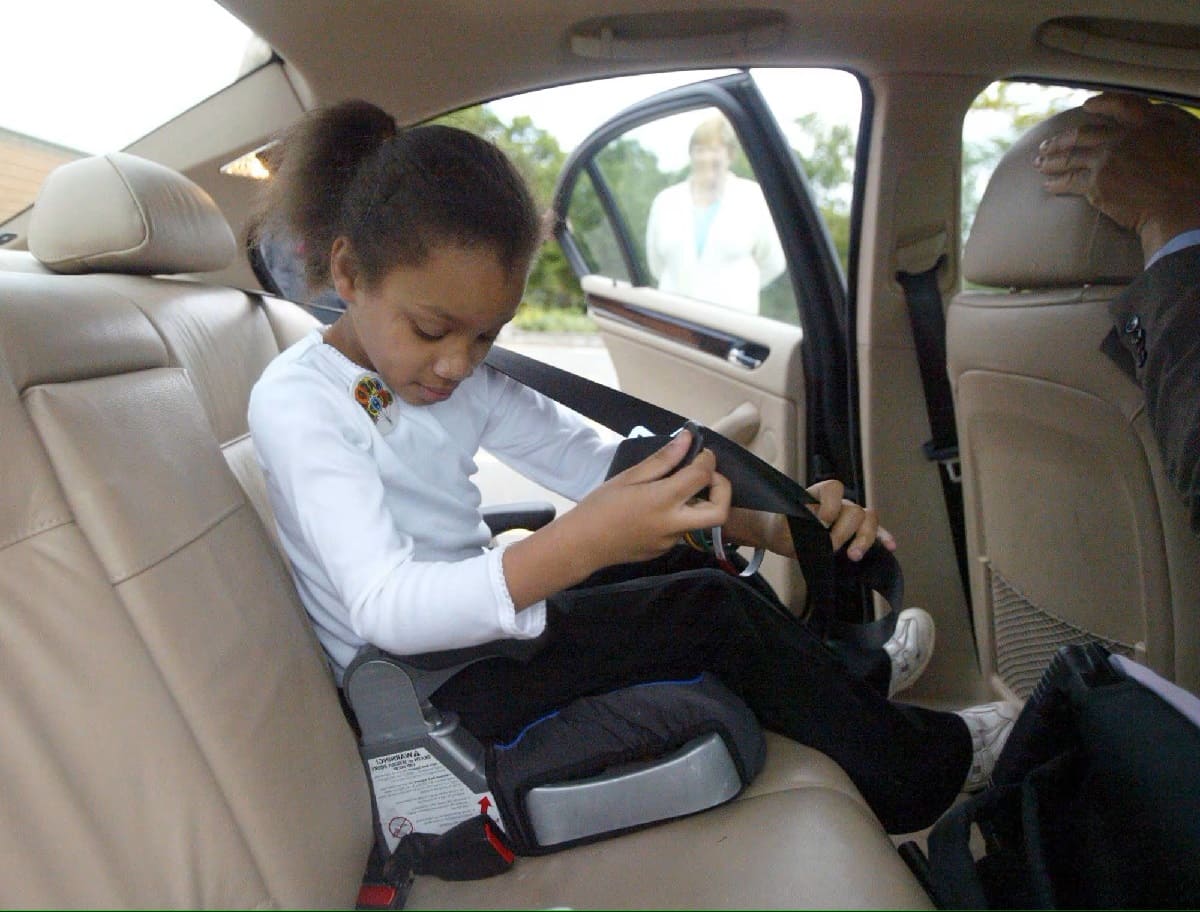

0 thoughts on “How To Turn A Car Seat Into A Booster Seat”